Features
The Star of the Show: Every Mainline Kirby Game Ranked
A Great Cave of Excellence.
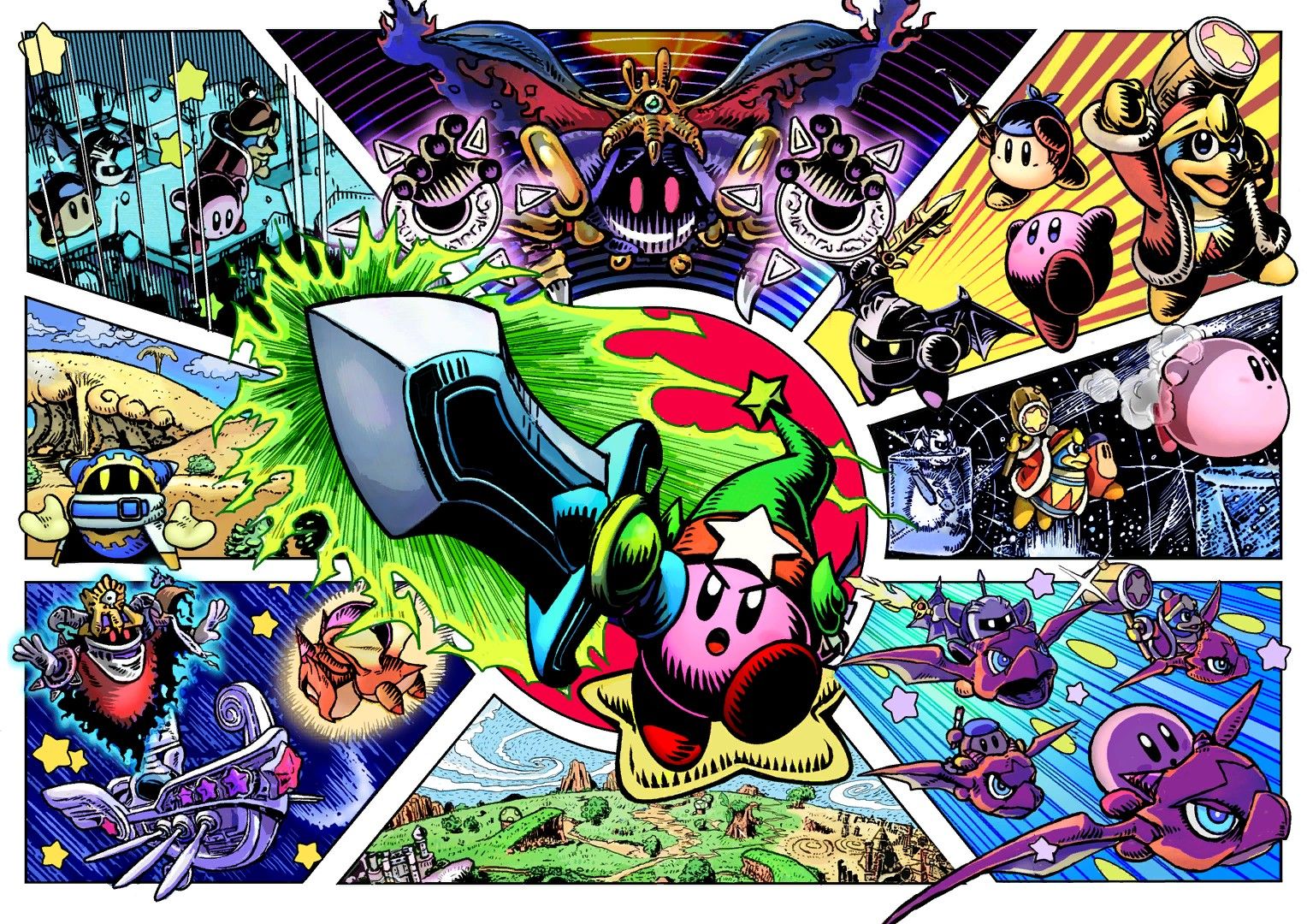
What is the Best Kirby Game? — Ranking the Mainline Kirby Releases
Poyo! The super tuff pink puff is back and ready to please as Kirby’s latest adventure has finally dropped on the Nintendo Switch! With three decades of history under the hero’s belt, there have been well over 30 Kirby games released in the franchise’s history. However, only less than half that rough number includes the actual mainline games that Kirby has starred in over the years. There may be no bad game standing, but that does not mean Kirby has had entries that have absolutely toppled the last in terms of critical success. In celebration of the release of Kirby and the Forgotten Land and the franchise’s 30th anniversary, these are all 13 of Kirby’s mainline entries ranked from the least great to the best of the best!
Editor’s Note: For this ranking, we decided to group together original releases and remakes due to a multitude of factors.
13. Kirby’s Dream Land 3
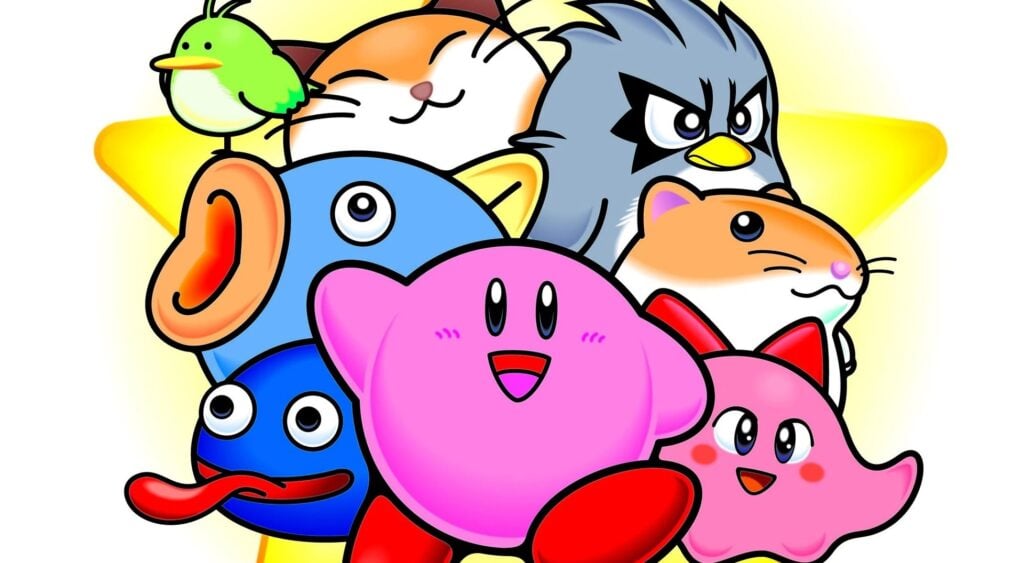
Arguably the weakest chapter in the “Dark Matter Trilogy”, Kirby’s Dream Land 3 offers a gorgeous late Super Nintendo adventure that fell far beneath the shadow of its predecessor Kirby Super Star. When it’s focused on platforming and the animal buddies, Kirby’s Dream Land 3 is thriving from its constantly charismatic atmosphere and variety of characters to utilize. However, when the game takes steps back to spotlight its main collectible system used to unlock the true ending it suffers from unnecessary confusion as it also forgets to highlight its wonderful cast of playable friends. Dream Land 3 could have been an expanded console iteration of Kirby’s Dream Land 2. Had it not been for its additional collecting mechanic and a lack of focus on properly utilizing its extra characters, the game could have without a doubt been the star of the two trilogies it is part of.
12. Kirby Squeak Squad
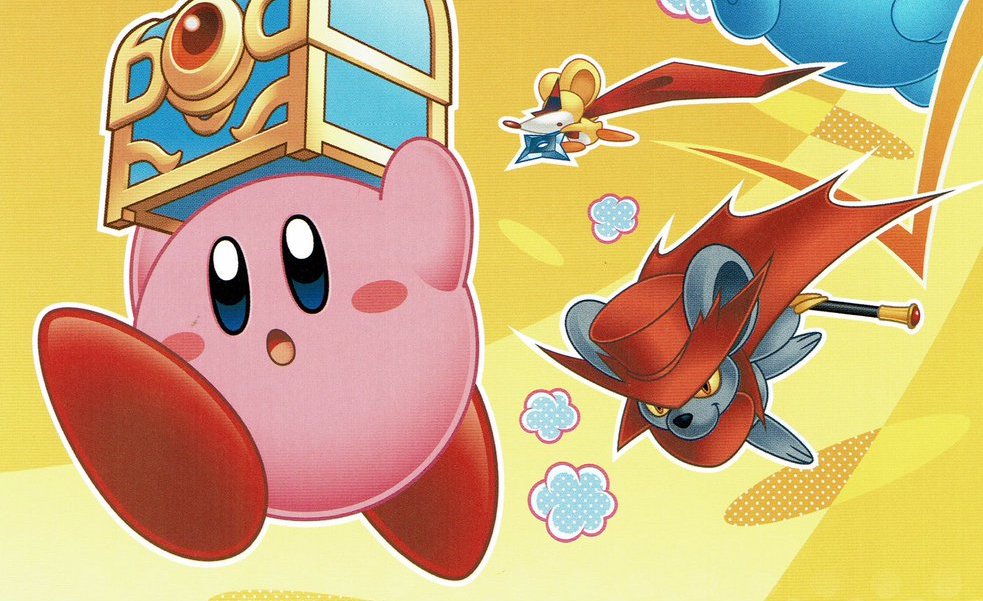
From upsettingly getting his delectable strawberry cake stolen to defeating an unnatural being of finite power, Kirby Squeak Squad is one of the pink hero’s oddest mainline journeys as the game sticks and strays between the franchise’s usual platforming scenarios. For better or worse, Squeak Squad is the safest adventure Kirby has delved into when making a second big bounce on new hardware as it faced a complicated collaborative development between HAL Laboratory and Flagship. Building upon the refined establishment The Amazing Mirror had and left with high expectations after Canvas Curse’s debut, Squeak Squad had two studios attempting to return to Kirby’s proper formula of adventures while using a handful of the Nintendo DS’s specialties.
11. Kirby’s Dream Land 2
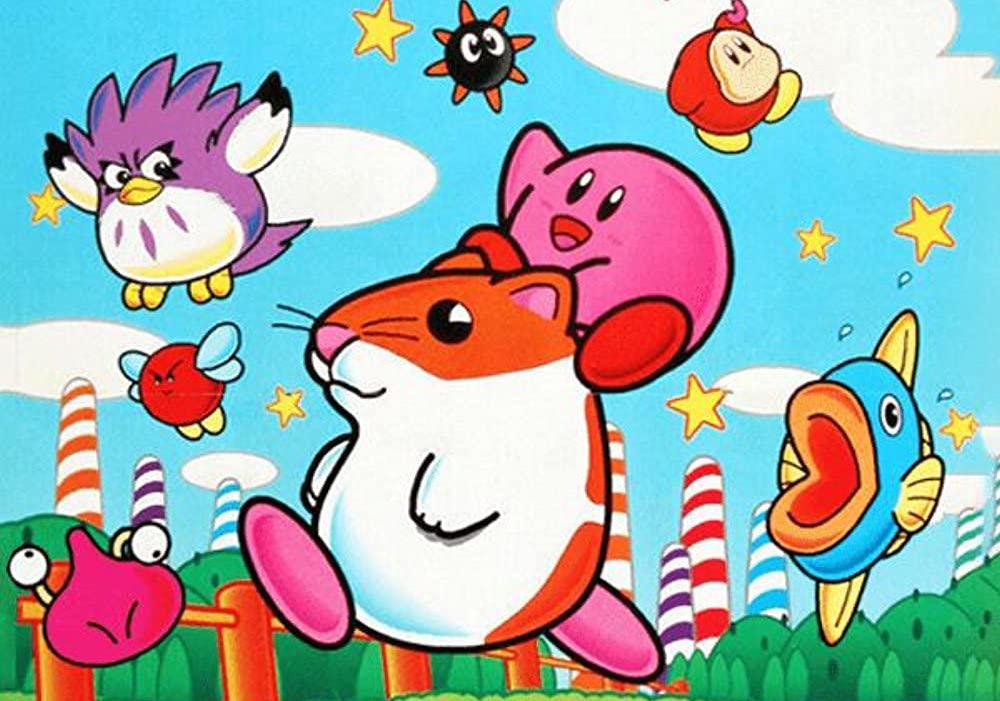
For what was supposed to be the big follow-up to Kirby’s Dream Land, its proper sequel never aimed to be a revolutionary continuation–and perhaps that is its greatest flaw as Masahiro Sakurai’s vision for the character’s future bloomed in Kirby’s Adventure and faltered when returning to his original hardware. While Kirby’s Dream Land 2 did make important contributions to the franchise’s early days, the game was a mix and match of ideas that clearly stemmed from a rising team at HAL Laboratory who was just touching their toes into Kirby’s potential. If anything, Dream Land 2 was a great stepping stone into seeing how Kirby could evolve without his creator. With highlights like the introductions of Kirby’s animal buddies and the first appearance of the villain Dark Matter, Dream Land 2 still manages to be one of the titular character’s stronger outings even if it did not do much.
10. Kirby’s Dream Land
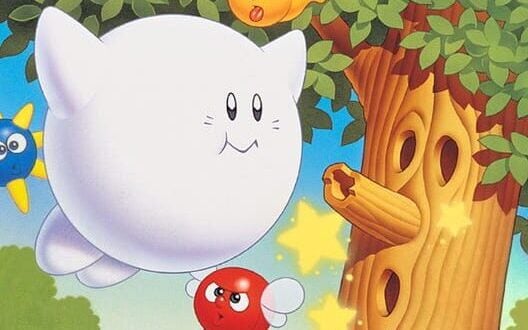
Kirby’s origin point is the name you should know and the real star of the show as many of HAL Laboratory’s core philosophies came from a young Masahiro Sakurai’s directorial debut. Kirby’s Dream Land was born from Masahiro Sakurai and Satoru Iwata’s simplistic genius; the game was their effort to bring more pick-up and play games to Nintendo’s handheld platform that all audiences could enjoy in their own way. To this day, Kirby’s Dream Land is an excellent starting point for casual gamers looking to get into more sophisticated and demanding titles. Short, sweet, and absolutely to the point, Kirby’s Dream Land is a short game that only aims upwards as it teaches players how to utilize a singular move against King Dedede’s entire army. It may be less than an hour long–maybe even a half-hour for skilled players–but Dream Land is nothing but memorable moments until the credits roll.
9. Kirby Star Allies
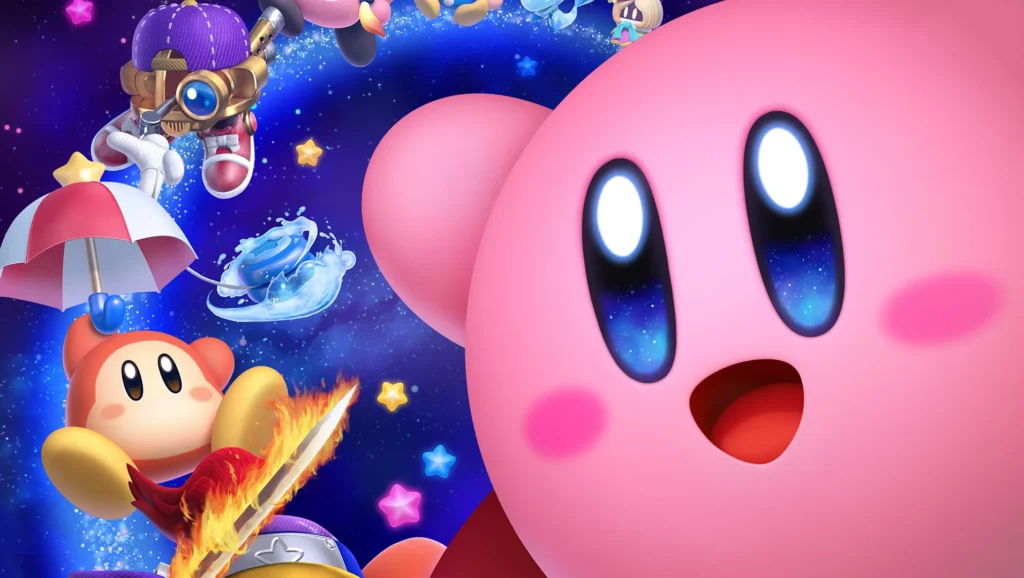
Slower and tamer than its two ambitious 3DS predecessors, Kirby Star Allies is an enjoyable sendoff for the pink puff’s two-dimensional adventures before he hopped on his warp star to embark on a new future. It may have not been the perfect follow-up fans expected after Kirby: Planet Robobot but there is no denying that the Kirby franchise’s first Nintendo Switch release did have a lot to offer. Kirby Star Allies is far from a complete triumph for the pink puff, yet it’s still a blast keen on acknowledging a wonderful past. Star Allies was the first mainline game in the series to continue its nostalgia overload under a free post-content service model as HAL Laboratory continued to release new playable characters and minor features after the game’s launch. The additional content was certainly worth the wait even if it took so long to come out, but Star Allies‘ consensus had the majority of longtime Kirby fans hoping that the next entry would finally shake up Planet Popstars standards.
8. Kirby’s Adventure / Nightmare in Dream Land / 3D Classics
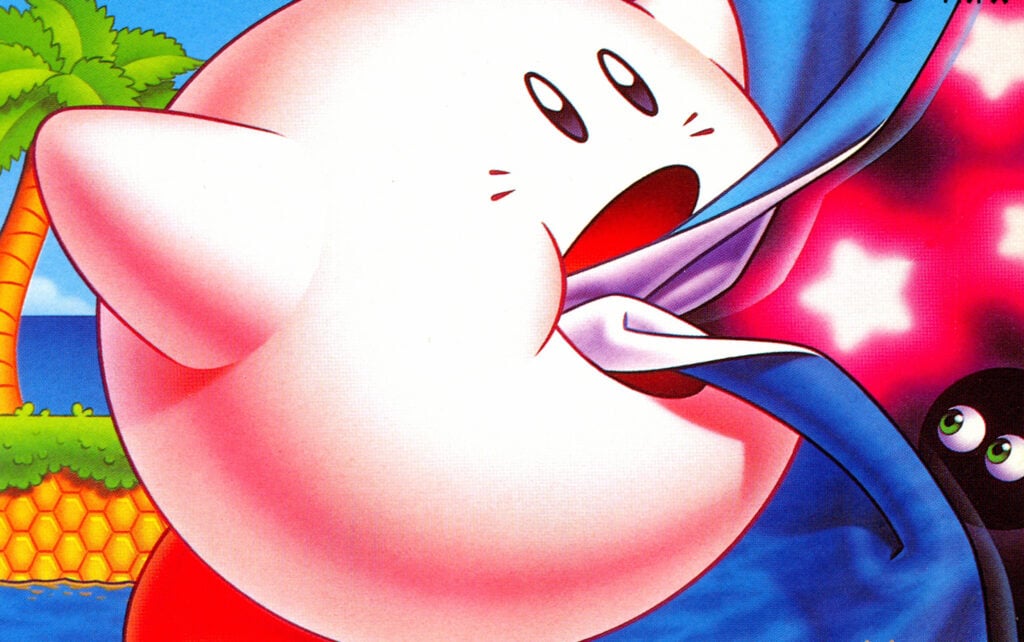
Outside of making the jump to the third dimension, Kirby’s Adventure arguably took the series’ greatest leap as Masahiro Sakurai’s “Kirbyism” philosophy aimed to redefine what exactly made his creation special. Kirby’s Adventure may of course be primitive in comparison to its later platforming successors, yet its simplicity has never failed to continually please audiences as the game pushed the Nintendo Entertainment System and Kirby to new limits. Malleable to the end, Kirby’s Adventure featured a difficulty that was entirely decided by how players decided to tackle the game; it was their choice whether they chose to use Kirby’s newly introduced copy abilities or his form of combat from the first Dream Land entry.
In 2002, Kirby’s Adventure returned to the spotlight in the form of Kirby Nightmare in Dream Land for the Game Boy Advance–which also featured the first-ever way players could go through a Kirby game as Meta Knight! As if one substantial remake wasn’t enough though, Kirby’s Adventure was later resurrected on the Nintendo 3DS under the “3D Classics” remasters lineup of eShop exclusive titles. With upgraded backgrounds made for stereoscopic visuals and fixed performance issues that hindered the original release, it is undoubtedly the best way to play the Nintendo Entertainment System iteration of the game. As goes the usual with Kirby remakes, the remakes will always overshadow their counterparts!
7. Kirby & The Amazing Mirror
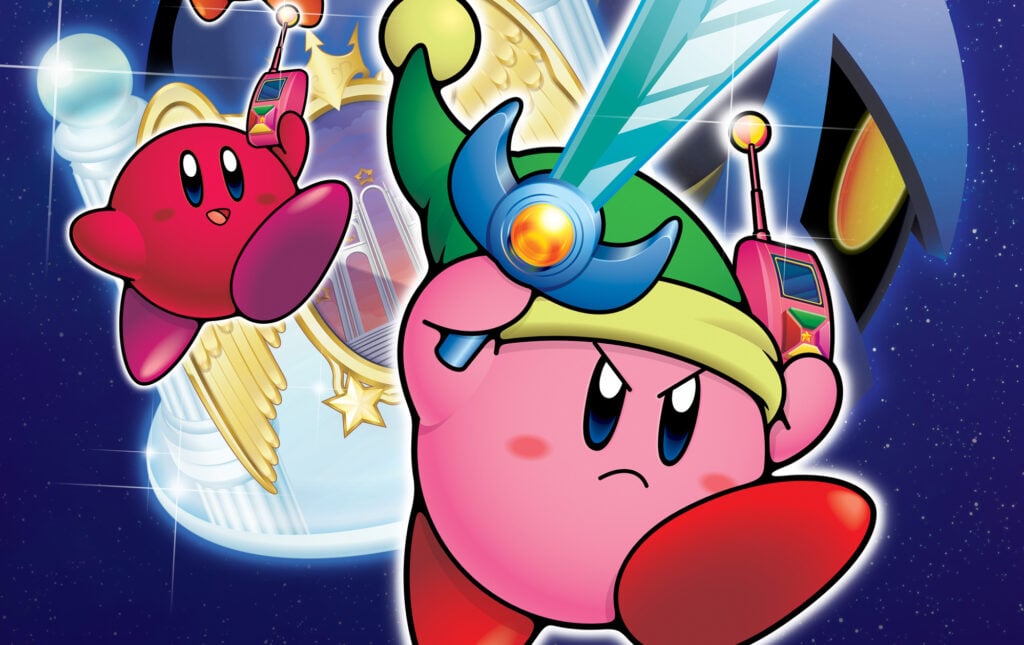
Before Return to Dream Land hit the scene, Kirby’s first four-player adventure saw its debut on the Game Boy Advance with a complex twist. While the era’s technical limitations and hardware barriers may have held it back from reaching its true potential, Kirby & The Amazing Mirror is still incomparable to any of the franchise’s other mainline platformer entries thanks to its structure. The Amazing Mirror was designed to be an open-ended experience giving players the option to choose whether they would like to work together to complete their adventure or divide and conquer throughout an interconnected world with one main hub. The handheld title may be impractical to play with others by today’s standards but those who gather all the cartridges and cables necessary will be in for a magical experience. For better or worse, there is no other multiplayer Kirby game like The Amazing Mirror.
6. Kirby 64: The Crystal Shards
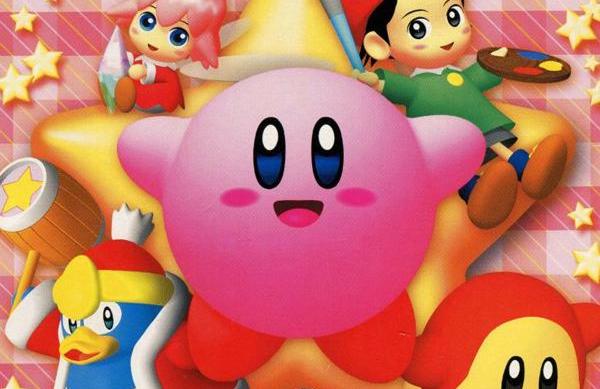
Kirby 64: The Crystal Shards was a gentle turning point for Kirby that made promising teases in a time when fans were feeling ready for something larger in scope. Kirby’s first title brought to life with a three-dimensional atmosphere offered an evolution that would not pay off for years to come as HAL Laboratory’s stream of games pivoted in Dream Land slowed down. When the mainline entries faced a troubling direction without Masahiro Sakurai and some of the original development members for a period of time, The Crystal Shards stood tall as a prime example of how HAL Laboratory could innovate with what already worked. Transitioning to a 2.5D formula for only one entry, The Crystal Shards has always found itself in a wonderful situation of being distinctively a unique Kirby platformer in terms of look and feel as it stands out like a sore thumb from almost all of its competitors on the Nintendo 64. Perhaps after the release of the Forgotten Land, The Crystal Shards will be able to make a grand comeback once it hits Nintendo Switch Online this year as it can potentially ride Kirby’s latest hype.
5. Kirby: Triple Deluxe
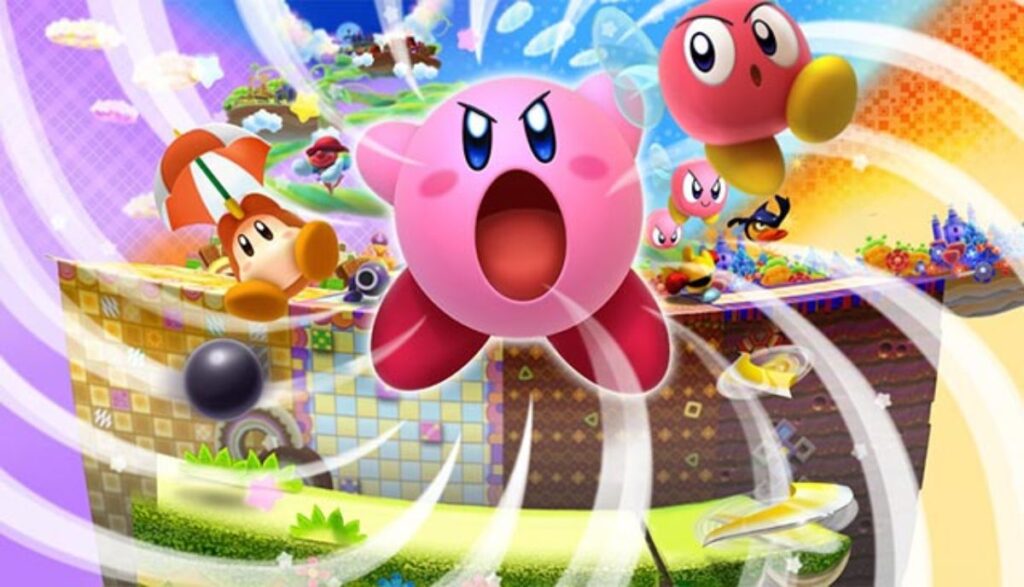
Like the Dreamstalk that Queen Sectonia planted upon her arrival to Dream Land, Kirby: Triple Deluxe continually amped up its offerings with every world the pink puff faced as he climbed high through the atmosphere to save his longstanding rival and home. Triple Deluxe made the most of its hardware, game mechanics, and design opportunities when the franchise turned back to its single-player adventure roots during the early days of the Nintendo 3DS. Between the hypernova feature, darker storytelling implications, and the chance to finally helm the hammer of the great king, Triple Deluxe gave Kirby fans plenty of surprises while answering plenty of dreams. Most impressively though, Triple Deluxe aimed to expand upon the franchise’s core philosophy for sub-games. Out of any Kirby mainline game on this list, Triple Deluxe definitely has the most interpretable name; it’s Kirby’s first handheld game featuring 3D visuals, it has stereoscopic features, and it flaunted three relatively busy game modes.
4. Kirby’s Return to Dream Land
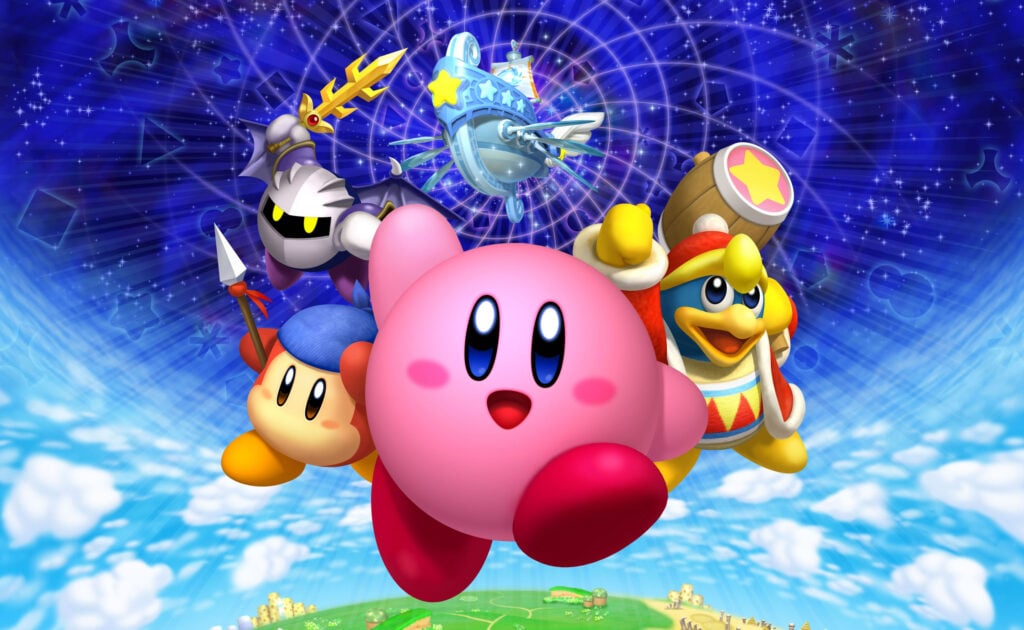
After years of facing mainline development troubles, Kirby finally returned to his console roots with Kirby’s Return to Dream Land on the Nintendo Wii in 2011. Keeping up with its console’s initiative of being a party machine, Return to Dream Land marked the first time in the franchise’s history where up to four players could simultaneously play together on one system–and as different characters too! Like other multiplayer platformers, Return to Dream Land may be an incredible solo adventure but it will forever stand as a multiplayer must-play for the series. Between its offerings of immersive levels, puzzles for completionists, epic soundtrack, and cast of characters, Kirby’s proudest Wii adventure knew how to build upon its classic formula. Most importantly though, Return to Dream Land is every Kirby fan’s lesson to never allow innocence to deceive them–if you know what we mean, you’ve learned!
3. Kirby and the Forgotten Land
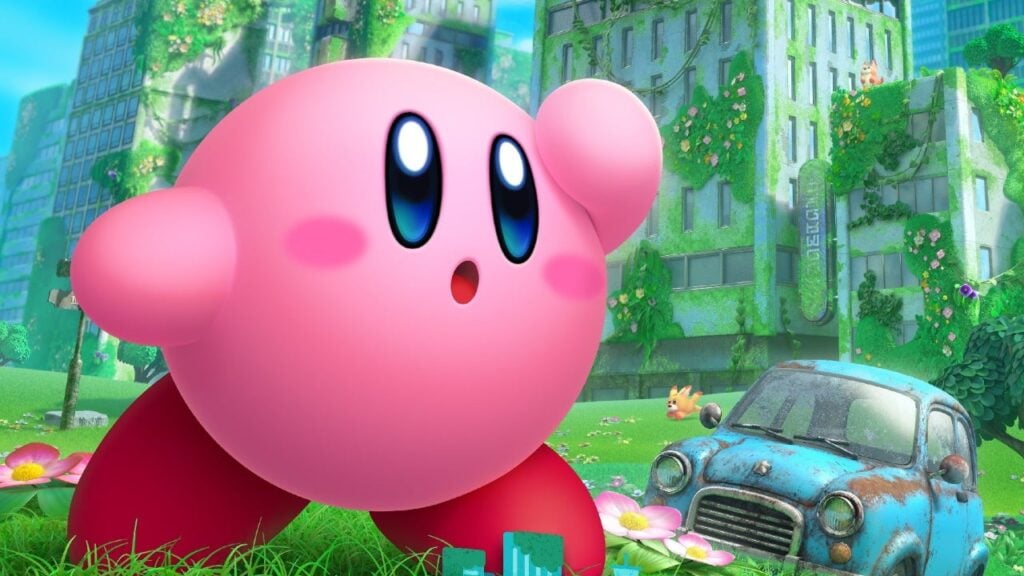
The only aspect of Kirby and the Forgotten Land that keeps the newest entry from getting ahead of the next two entries on this list is the title’s post-game content and story–which are great, but certainly not the franchise’s peak. HAL Laboratory had a lot of weight on its shoulders ensuring that their beloved mascot would finally get a legitimate next-generation treatment on the Nintendo Switch. Kirby’s anticipated leap into a new direction and dimension is nothing short of delightful. The Forgotten Land absolutely delivers with versatile gameplay and noticeably well-designed levels but can fall behind from where the franchise’s best surprisingly flourished. Ultimately, Kirby and the Forgotten Land is a series highlight that absolutely every fan should experience as the iconic pink hero remarkably merges into his next dimension–it also stands as a perfect entry into Kirby’s universe. It is without a doubt the most entertaining entry to play as the copy abilities have been geniusly translated into a new structure and the multiplayer coop is, as always, an absolute blast.
2. Kirby: Planet Robobot

The only thing better than Kirby and his copy abilities is Pop Star’s hero piloting a massive alien robot armor that takes after his distinct appearance and powers. The final mainline Kirby entry on the Nintendo 3DS was the pink puff’s true final triumph for the system as the dedicated portable system slowly braced for its end while the Switch’s launch lingered. Kirby: Planet Robobot was yet another peak culmination for HAL Laboratory’s mascot in all directions. The game continually upped Triple Deluxe’s antics as it aimed to be grander in atmospheric scale and more aspiring with its cohesive platforming and storytelling. Planet Robobot noticeably is the franchise’s first entry where HAL Laboratory’s love for their characters deeply extended into the game’s lore and narrative through text. Even if their story is mostly found in pause screen notebook-styled entries and secret optional cutscenes, Susie and President Haltmann uphold the best character arcs the franchise has ever had to offer.
1. Kirby Super Star / Super Star Ultra

Kirby Super Star is not just Masahiro Sakurai’s magnum opus of the Kirby franchise, it is also HAL Laboratory’s when talking about the game’s handheld remake, Kirby Super Star Ultra for the Nintendo DS. From the Gourmet Race to The True Arena, both iterations of the classic game are one heck of a package as they offer all sorts of journeys and challenges for players to face with up to two players–a series first that should never escape Kirby’s identity of friendship. Even after 25 years, Super Star’s impressive scope and imagination have never deteriorated against its impressive successors. From its artistic direction to its aspirations to continually modernize Kirby to its era’s expected game design standards, Super Star and its remake have not aged a day.
From Marx to Galacta Knight, Super Star’s releases spearheaded the most lovable characters and elements of the Kirby franchise as it continually climbed to greatness. Aside from a stark visual upgrade and even more modes in the Nintendo DS remake, the two versions of Kirby Super Star are definitively the franchise’s best adventures. No matter whether you choose to explore the milky way of wishes on a massive television with the Super Nintendo or on-the-go with a Nintendo DS, Kirby Super Star and Super Star Ultra are Kirby’s perfect extravaganza of adventures packed to the brim with every reason we love the pink puff–but seriously, you should go with that remake if you can because the extra content are Kirby’s best adventures! No matter what mainline Kirby entry comes next, the Super Star games will be tremendously difficult to overthrow.
READ MORE: Ranking Kirby’s Spinoffs

-

 Features4 weeks ago
Features4 weeks agoDon’t Watch These 5 Fantasy Anime… Unless You Want to Be Obsessed
-

 Culture3 weeks ago
Culture3 weeks agoMultiplayer Online Gaming Communities Connect Players Across International Borders
-

 Features4 weeks ago
Features4 weeks ago“Even if it’s used a little, it’s fine”: Demon Slayer Star Shrugs Off AI Threat
-
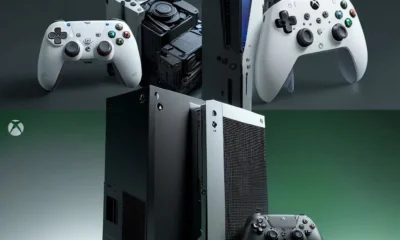
 Features2 weeks ago
Features2 weeks agoBest Cross-Platform Games for PC, PS5, Xbox, and Switch
-

 Game Reviews4 weeks ago
Game Reviews4 weeks agoHow Overcooked! 2 Made Ruining Friendships Fun
-
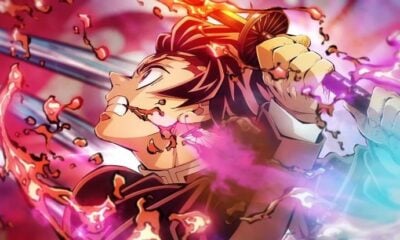
 Features2 weeks ago
Features2 weeks agoThe End Is Near! Demon Slayer’s Final Arc Trailer Hints at a Battle of Legends
-

 Features3 weeks ago
Features3 weeks ago8 Video Games That Gradually Get Harder
-
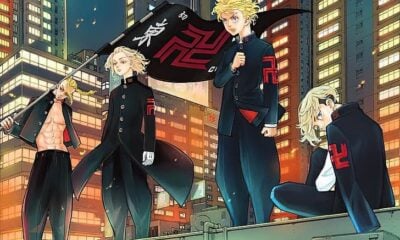
 Features3 weeks ago
Features3 weeks agoDon’t Miss This: Tokyo Revengers’ ‘Three Titans’ Arc Is What Fans Have Waited For!
-

 Game Reviews4 weeks ago
Game Reviews4 weeks agoHow Persona 5 Royal Critiques the Cult of Success
-

 Guides3 weeks ago
Guides3 weeks agoHow to buy games on Steam without a credit card
-
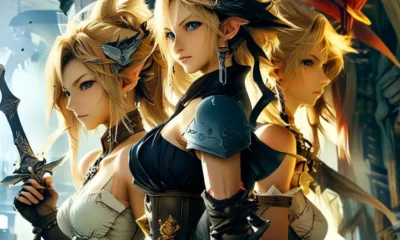
 Game Reviews2 weeks ago
Game Reviews2 weeks agoFinal Fantasy VII Rebirth Review: A Worthy Successor?
-
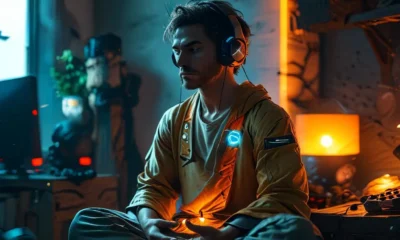
 Uncategorized3 weeks ago
Uncategorized3 weeks agoSleep Meditation Music: The Key to Unwinding
























